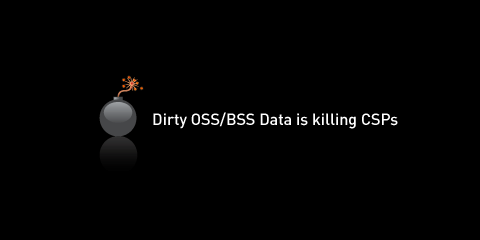
By
Asher Polani
Policy control has started to evolve from an enforcement solution to find its way into the center of the customer experience. Mobile operators have spotted the potential for policy control to improve the customer experience in an automated, yet intelligent way. The potential was always there, as policy control has infinite possibilities to make anything happen on the network, based on virtually any event or stimulus.
Giving individual attention is difficult to attain in a mass-market business. But that's exactly what a service provider needs to avoid disappointment and churn from their customer base. Customers don't want to feel that they are being treated just as a number, they want to feel recognized and listened to; they want to feel that their service provider values their preferences. However the tools to ensure a personalized service at a mass-market level have not been in place until relatively recently.
Policy control is a relative newcomer as a service provider technology, but has made major in-roads since its introduction. For mobile operators in particular, the phenomenon of the mobile data overload, courtesy of data-intensive smartphones and mobile broadband offerings, has led to interest in the enforcement options that policy control provides.
|
|
A number of service providers have already started to use policy control to improve the overall customer experience. |
|



However policy control does not have to be just an enforcement solution. A number of service providers have already started to use policy control in a more positive, pro-active way to improve the overall customer experience. A good example of this comes from Belgian MSO Telenet. Telenet, like every other broadband Internet service provider was concerned about excessive data usage from some customers but still wanted to improve their customers’ experience across the board. They believed that more openness with their customers about data usage would improve the relationship with their subscribers.
|
|
|
|

In particular, bandwidth-capping and fair-usage enforcement has captured the imagination of service providers desperate to ensure that the activities of a minority of extremely high bandwidth users do not ruin the experience of the majority. Similarly, the ability of policy control solutions to address network congestion during peak hours by strictly enforcing policies or prioritizing high-value customers’ data traffic, has caught the interest of service providers. Nonetheless, these applications of policy control have been accompanied by suspicion and controversy.
|
|

Using online charging and policy control Telenet created an online interface for customers to view their data usage patterns and control every aspect of their account. With this self-service portal as the hub, Telenet allowed customers to choose what to do once the quota stipulated by their flat-fee service was exceeded. Subscribers have the choice of going onto a pay-as-you-go plan for the duration of the month, purchasing additional MB packages or getting free dial-up speed for the rest of the month.
|
|






